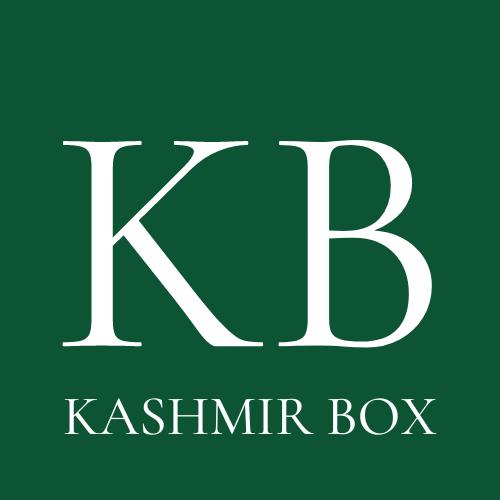When on the lookout for exquisite home décor, there is this one Craft that has always mesmerized many a people.We call this craft Kashmiri Crewel. Hand crafted in a beautiful valley caught between the majestic Pir Panjal and the glorious Himalayan range, crewel embroidery is actually as ancient as the 1st Century B.C and remained forgotten in history until the later part of the 16th century. Legend has it that the word Crewel originates from an ancient word which has been lost in the folds of language over centuries. This ancient word translated to “a curl in a single hair of wool”.
The craft uses a specialized hook called Awl or Aari, a sturdy base fabric and thick threads of wool, generally 1 ply or 2 ply to give an embossed and dimensional look to the embroidery. The hook and woolen thread together in perfect symphony cover a much larger area of the underlying base of closely woven dusoot or duck cotton, jute or even linen than the traditional needle can. The artisans of the craft ensure that the base they use is so strong that it withstands the thick piercing which the hook makes into its essence. And generally a light colored or pastel “Zameen” (base) is chosen for the colorful threads to come off nicely. Crewel Embroidery is done solely by hand – there is no machine which can replicate the craft and the effect those threads of wool cast over plain canvas of cloth.
The Process
The process of embroidery begins from a naqash (designer) and ends at the washer and during the course of this journey;it passes through an elaborate process, each step bringing it a little closer to its ultimate impeccable look.
Weaving
A traditional, and yet a neglected step in modern day Crewel Craft is weaving the base fabric by hand. Not every artisan chooses to undergo this meticulous process of weaving raw threads of cotton over a hand loom. Those who do, are the real harbingers of the craft.
Washing
The cloth hence created is sent to the washer, who washes, shrinks and irons this piece of cotton cloth by approximately 4 inches. The running cloth is then cut into the desired size - that of a bed spread, cushion cover, bag or curtain.
Designing & Perforation
Meanwhile, a designer, popularly known as Naqash, draws the design over a trace paper. The designs range to Persian to French and are generally florals – Guldar, Shikargarh (Hunting scenes), Chinars and Kalkas. The Naqash then perforates the trace paper with a thin needle. This process is known as “Trombun”.
Tracing
The Naqash dips a duster in temporary ink prepared by mixing sands from the ancient Jhelum river with some kerosene,places the trace paper over the underlying fabric and passes the duster over the paper. The base cloth now bears the imprint of the design – flowers,paisleys and traditional Kashmiri motifs.
Embroidery
The imprinted cloth is now passed onto womenfolk, who embroider it with the legendary Aari using the circular motions of their thumb and index finger. The embroidery stitches carefully follow the imprinted outlines and artisans secure each knot in the stitch – on eat a time so that the threads do not come off.
Washing and Ironing
One embroidered, the cloth is sent for washing so the ink comes off and then ironed over a steam roller iron.
The resulting piece, due to its stark beauty and brazen demeanor finds its place in artsy homes, where they effortlessly blend in with those dream themes and lend their charm to the abode of the art lovers and the minimalists alike.

